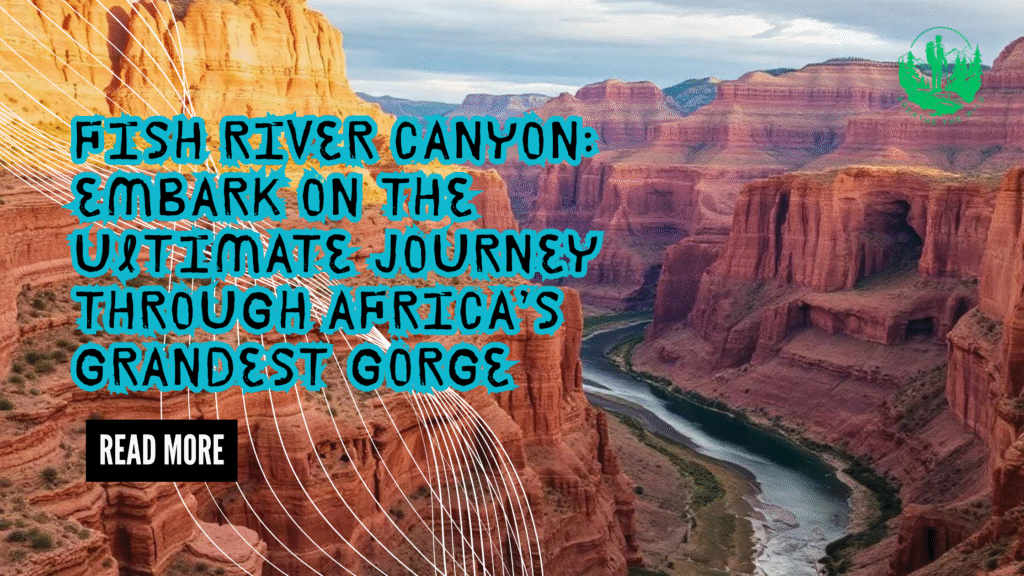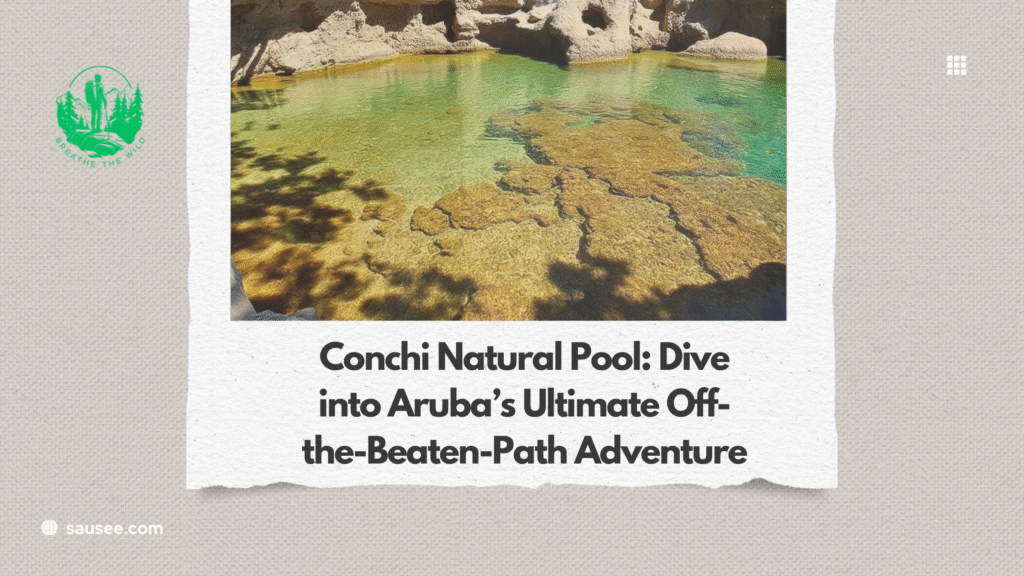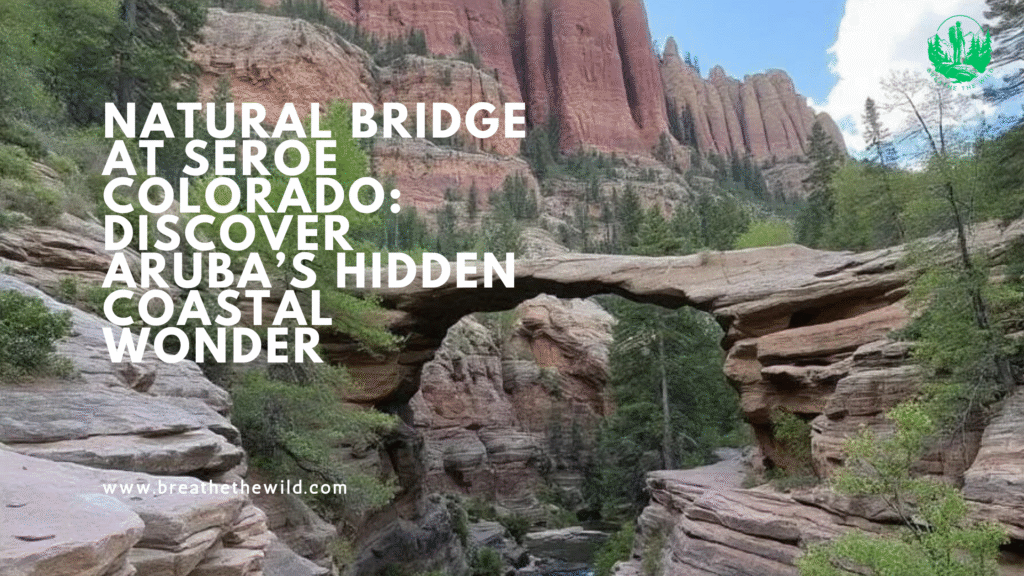Table of Contents
Introduction: Why Fish River Canyon is a Bucket-List Trek

Unless you want a high adventure trip that combines awesome scenery, remoteness, and physicalism, then it is hard to beat the Fish River Canyon in the world. It lies deep into the southern territories of Namibia, and it is the second deepest canyon globally- one of the most scenic natural features in Africa. Over 160 kilometers in length and reaching up to 550 meters in depth, is prehistoric wonder amazes more than only the eyes with its scenery: it provides a life-changing journey to those adventurous people who dare to hike it.
However, do not think you will find paved paths and tourist crowds here. The Fish River Canyon hike is a classic 5 to 6-day self-supported trail in an untamed and unrefined landscape. You are going to walk through boulder-strewn riverbeds, sleep outside, and solve with your own determination how to reach the finish line. No simple walk in the park; the course is designed to begin with opening up horizons at the physical, mental, and spiritual levels.
So in this definitive guide to hiking, we are going to tell you all you need to know, including when to visit and what to take with you, tips on the trails, and what else there is to see in the area. This is your guide to the Angora Way to scaling Fish River Canyon, be it your first trip or your second chance at glory.
Africa’s Grand Canyon: What Makes Fish River Canyon So Spectacular
The Fish River Canyon can also be referred to as the Grand Canyon of Africa; it is a masterpiece of western geology and is bounded by decades and tectonic processes. Found in the southern area of Namibia, the canyon has a length of about 160 kilometers, a width of a maximum of 27 kilometers, which covers an average of 500 meters in depth, thus making it the second-longest canyon in the world, second only to the Grand Canyon in America.
The extremity of its landscape, which is very dry and surreal, can be considered the distinguishing feature of Fish River Canyon. Sharp mountains of rocks rise high above the dry riverbeds that cut through the valley, and their channels have been cut over millions of years. Shallow pools and streams can occur during cooler months of the winter; however, once lasting, they should provide a temporary life to this arid land.
Hot springs found in the vicinity of Ai-Ais, prehistoric walls composed of rocks, which explain the volcanic and sedimentary history of the area, are some of the memorable attributes of the canyon. The animals are many, no matter how hostile the terrain may be, and you can see mountain zebra, baboons, kudu, and klipspringer ass, and the desert flora, which you would not see anywhere because of its uniqueness, ss as quiver trees and aloe. Add the lashing color contrasts upon sunrise and sunset, and it becomes understandable why Fish River Canyon is as much of a draw to hikers as it is to photographers.
The Legendary Hike: Inside the Fish River Canyon Trail
A serious hiker would have the Fish River Canyon Trail in his/her bucket list. This multi-day river trail (approximately 85 km long) will make you move through the canyon bottom and trace the path of the Fish River that goes through harsh and wild desert terrain. It is not a well-signed track by any typical definition- finding your way is mainly along the riverbed with the use of natural features, which is part of its primitive charm.
Hikers walk the route within 4 to 5 days, but may extend it to 6 or above to have a slower rhythm. The walk starts at Hobas viewpoint and is completed at the Ai-Ais Hot Spring Resort, where some sore muscles can be relieved after the hike. On the route to saunter through sandy flats, boulder fields, and low rock tunnels. There are no designated campsites, as you spend your nights sleeping under the stars wherever you get a good location.
There is a lot of effort required on this trail. Temperatures can vary dramatically on a daily basis, and water could be unavailable as rainfall dictates the water supply. All food and equipment have to be carried on the hike, as well as emergency provisions. The experience can be so rewarding, and there is a need to be both physically and mentally tough to withstand it, so it is an excellent option for the one who would like to challenge himself/herself to the fullest.
Plan Like a Pro: Permits, Logistics & When to Go
The process of trekking Fish River Canyon is not as easy as coming and walking, and you must plan early enough, particularly because of the strict regulation of access restrictions, since it is done to preserve the environment as well as the hikers.
The hike is accessible only in the winter-dry months, May 1-mid-September. Hiking outside these dates is banned because of the dangerous conditions, including serious heat and the threat of floods. The hikers need to get a permit, which is only authorized to individuals aged 18 and above, with medical fitness.
The permits should be reserved at Namibia Wildlife Resorts (NWR), which controls Hobas and Ai–Ais. You should also book your place months in advance, but most importantly, during peak months such as June or July in the case of a hiking activity. The group sizes are limited, and hikers must be in teams of at least three to deal with safety concerns.
In the weather aspect, winter is the most comforting, considering that the high temperatures during the day are cool (about 20-25 °C) and the nights are usually cold, sometimes below zero. But you will have dry dusty conditions and strong sun during the day. The months of June and July tend to be the best times, both because of the balance between weather and water levels and trail conditions.
Check Out: Otter Falls Trail: Experience a Hidden Paradise on This Epic Hike.
Gear Up for the Canyon: Essential Packing Guide
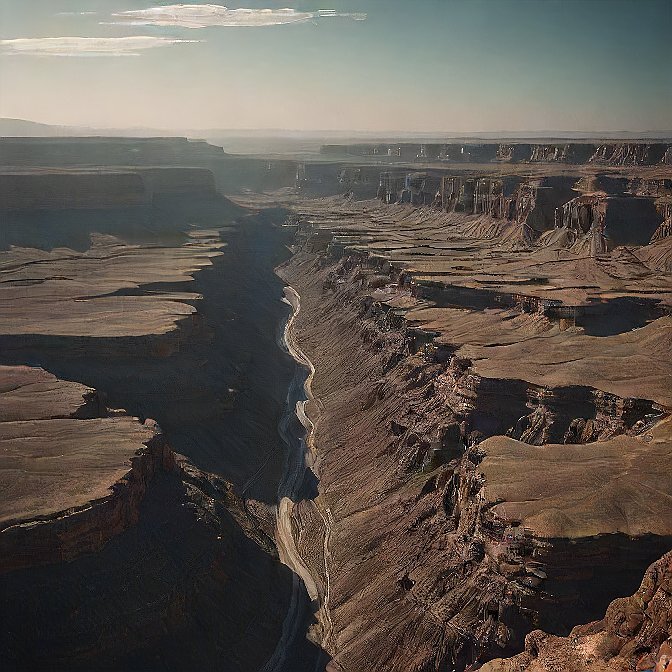
Hiking Fish River Canyon ought to be strategic in packing. You are going to be doing all this on your back, so you need to seek that balance between functionality and weight. The arid climate means needing an outfit that could handle extremities, wearing lightweight, breathable materials to handle the heat of the day and heavy insulated jackets and thermal underwear to handle the cold nights.
They need to be worn on hikers with strong, astonishing support and reinforcement of the ankles. The landscape of the canyon is rocky, rugged, uneven, and in some cases slippery, either around bodied water or at one point when crossing the river. Put on moisture-wicking socks to reduce the risks of developing blisters.
A water supply is essential, because water could be limited or weak. Be sure to carry a minimum of 3 liters carrying capacity of water along with a sure-footed water purification method (such as tablets or a filter). Small food preparation equipment, like a compact stove, fuel, and dehydrated rations, will both keep your bag efficient and keep you healthy.
Other essentials include:
- It included an extra pair of batteries on a headlamp
- Stability trekking poles
- Protection against the rays (hat, sunglasses, 50+ SPF)
- Sleeping equipment (light tent or bivvy, warm sleeping bag rated to very cold nights)
- A proper topographic map and a compass or GPS device
It should not be more than 20 to 25 percent of your body weight, and it is always important to note that every object in your bag must pay its weight.
Stay Safe and Strong: Health, Fitness & Canyon Survival Tips
The Fisht River Canyon walk is mentally as well as physically challenging. You must train prior to your trip. Train on cardio-vascular fitness, leg power, and long-distance endurance. Mock hiking with a loaded pack will also teach your body to get ready for the trail.
The dry air of the canyon is always a danger to dehydration. Drink often even when you are not thirsty, and watch out against signs of heat exhaustion. Electrolyte tablets or powders enable you to maintain fluids in the hot and long days. Other common issues are blisters, so be sure to break in your boots beforehand and carry supplies to treat blisters.
Cell phones do not work in the canyon, so it is important to be prepared in case of an emergency. Always bring a first aid package, a whistle, and maybe a satellite communicator. Stay with the group of at least three required by NWR, and keep to your own group’s pace.
Crossing through the canyon simply involves the use of simple map-reading, particularly where the course of the river splits or grows unrecognizable. Finally, be considerate of the fragile ecosystem: practice the Leave No Trace principle: carry out all garbage, do not trample flora, and leave animals alone.
Beyond the Trek: Natural Hot Springs, Wildlife & Stargazing
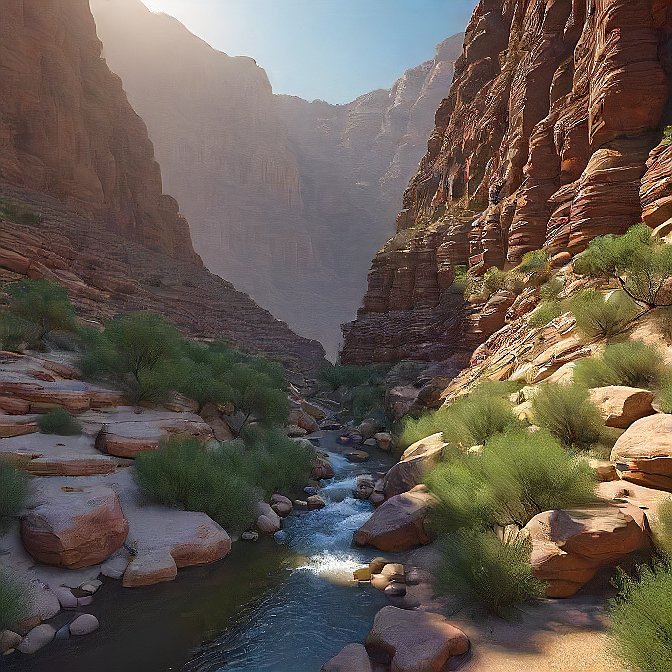
Although the actual trek is the highlight, the Fish River Canyon experience does not stop when you reach Ai-Ais- it changes. At the end of the trail, the Ai-Ais Hot Springs Resort further provides hikers with a well-deserved amenity: a range of mineral-rich, naturally heated pools that allow sore muscles to rest and a hiker to look back on the epic adventurous tour.
The excursion is accompanied by the surprise that one can observe various types of living creatures that exist in the desert in the canyon. Kudu, mountain zebra, rock hyrax, chacma baboon, and even the skittish leopard can be viewed here. In other countries, birds such as Verreaux eagle and Namaqua sandgrouse would usually be spotted flying in the air and on the cliffs.
It happens that the canyon can be considered one of the most amazing places to watch stars at night in Namibia. The first is the necessity to be extremely distant from some other artificial light source, and in the sky, the Milky Way is burning like other places on the planet would not seem to be offered. Admittedly, after a climb, the canyon is idyllic, in the soaking of a hot spring, and in the flattening of your bivvy bag.
Conclusion: Reach New Heights in Fish River Canyon—An Adventure of a Lifetime
A person does not have to be an experienced backpacker or a person who simply needs another kind of challenge to mention that Fish River Canyon offers a memorable passage through one of the most marvelous landscapes that can be discovered on the continent of Africa. The steep cliffs, the rough paths, and the silence so moving that one feels connected with his or her soul- this is not only a hike, but also an adventure into the horizon and beyond.
Whether it is the burning sunrise and sky full of stars, the glimpse of animals and the camps made alongside the river, each single moment spent in the canyon is hardened, unadorned, and authentic. Advance planning, lots of training, and consideration of this precious desert environment is a must. But is the payoff? A physical and spiritual victory that you won will live in your boots long after you take them off.
Therefore, are you prepared to step into unprecedented heights in Fish River Canyon, then slip on your boots, pack that pack, and take that initial step-this, again, is more than but a trail. It is a passage of rites.
For more info: Click Here.
FAQs
1. How hard is the Fish River Canyon hike?
The path is very tough and only experienced hikers can do it. The distance that it covers is 85 km through rough rocky land with a lack of a dedicated way or provisions. You should also be in impeccable health, independent, and able to lug self and food supplies 4-6 days down and back.
2. Do I require a guide to hike at the Fish River Canyon?
No, there are no guides required, though you have to hike as a group of at least three people. The hike is guided on an individual basis; everyone has to sign up with the Namibia Wildlife Resorts (NWR) and submit a medical clearance certificate, and then the organization can only permit one person to access the canyon.
3. When is the best time to be hiking in Fish River Canyon?
The hiking route can be attempted only between May and mid-September, when it is winter in Namibia. The best climatic conditions are during June and July, as it is cooler and the water supply is more predictable, so it is also safer and more pleasurable to make the journey.

